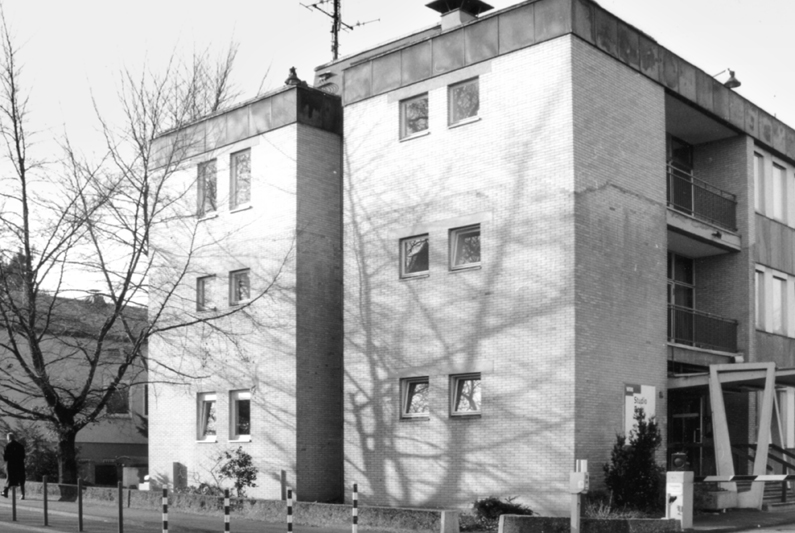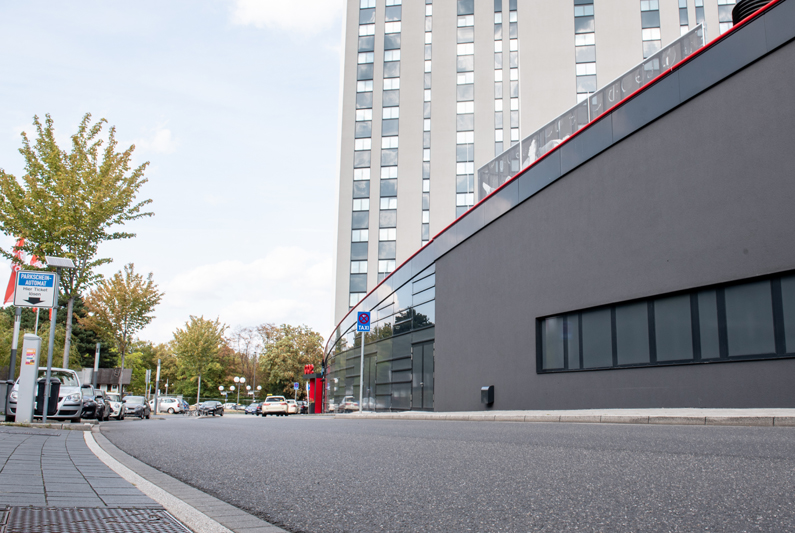Gerd Ruge, WDR’s studio head from 1970 to 1972, observed “unusually close relationship between politicians and members of the media that would have been unthinkable in Washington or Moscow. Government ministers and members of Parliament (MPs) met for drinks, or as the evening wore on, dined together, in which cases the conversations tended to continue into the wee hours of the morning.”
Here, two aspects evolved simultaneously: a collegial atmosphere of mutual trust – and a certain amount of tension. All of the buildings where these events took place have vanished, except for the corner building that once housed the Bonn office of Der Spiegel magazine. The building that once housed the studios of WDR TV is now a parking lot. The fact that Görresstraße is now called Platz der Vereinten Nationen and that part of Dahlmannstraße has been renamed Karl-Carstens-Straße makes it impossible to figure out the former addresses. And of an evening, exhilarated MPs and journalists no longer take to the streets in front of the hospitable State Representation Office of the State of Lower Saxony (later Saxony-Anhalt) and North Rhine-Westphalia.
Even Villa Dahm (1867), whose grounds between Dahlmannstraße and Görresstraße once housed press offices, ultimately made way for the World Conference Center Bonn. This double villa, where the German Press Agency, among others, was initially located, was an actor in the informal annals of the history of the Federal Republic of Germany. From 1955 to 1999 the building housed the Deutsche Parlamentarische Gesellschaft (Society of German MPs). It was meant to be a quiet venue (modelled on its British counterpart) away from the hurly-burly of politics, where MPs of all stripes could recharge their batteries, in the interest of preventing MPs from reverting to the bitter factionalism of the Weimar period – and so that MPs could lick their wounds and come to grips with themselves and their fellow MPs.

